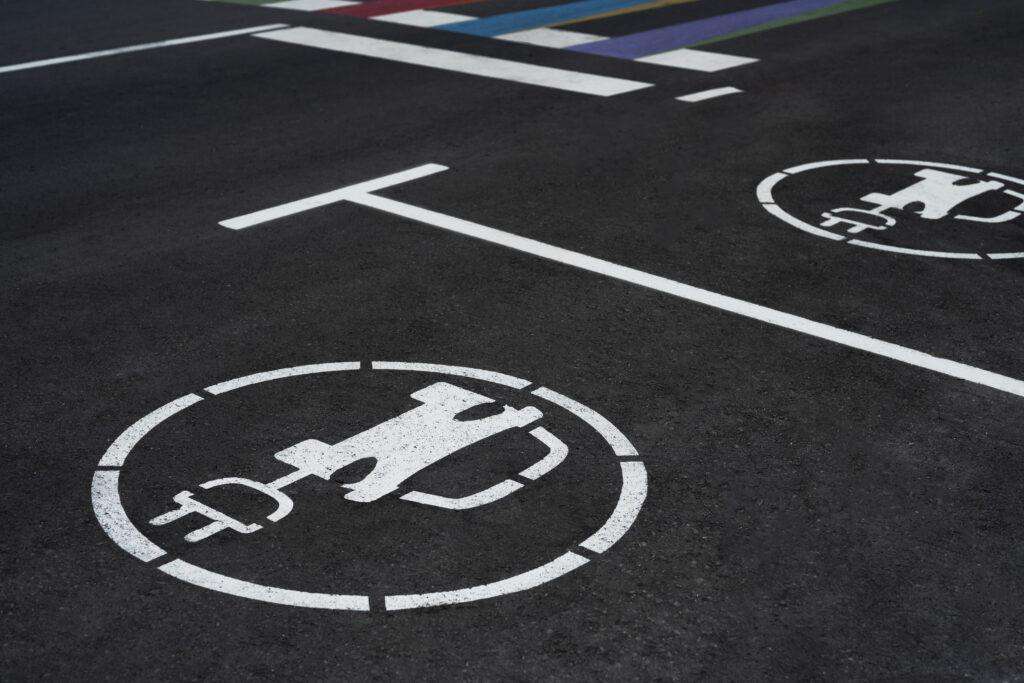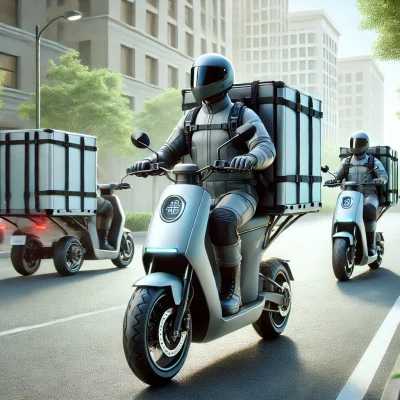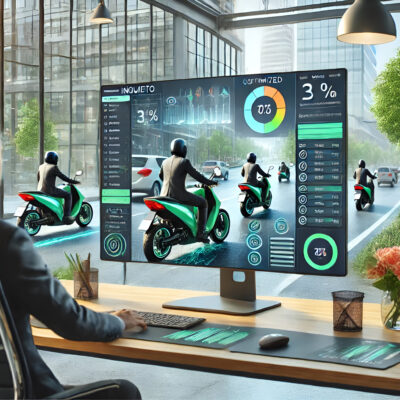The capacity to keep commercial EV fleets charged and ready for action is crucial in order to maximise operational efficiency and minimise the downtime of any company. This means not only guaranteeing the constant availability of accessible and efficient charging stations, but also the implementation of smart energy management strategies which allow charging times to be optimised based on the operational needs and specific usage patterns of each fleet.
What’s more, charging infrastructure must be able to adapt to peak demands and accommodate future fleet growth without compromising performance. The integration of fast charging systems, along with logistics planning that considers the autonomy of the vehicles and delivery itineraries, are key elements to cutting waiting times and increasing the availability of vehicles for critical tasks.
Here at Inquieto we’d like to help you and that’s why we’re talking to you about the most effective strategies to manage the charging of commercial electric fleets during the highest demand periods. Keep reading!
Implementation of smart charging infrastructure
Smart charging infrastructure monitors and manages the charging of electric vehicles. These systems can automatically schedule charging during hours of lower energy demand, taking advantage of lower electricity rates and reducing the load on the electrical grid.
Furthermore, they can prioritise vehicle charging based on specific fleet needs, ensuring those with more immediate itineraries are charged first.
Use of V2G (Vehicle-to-Grid) technology
Vehicle-to-Grid (V2G) technology allows electric vehicles not only to receive power from the grid but also to return power to the grid. During peak hours, when power demand is high, parked vehicles may supply energy stored in their batteries back to the grid. This not only relieves pressure on the electricity grid but it can also generate additional revenue for businesses by selling electricity to the grid.
Strategic fast charging
Fast charging is essential for operations that require rapid vehicle turnover. Installing fast charging stations at strategic locations, such as distribution centres or along busy routes, allows vehicles to be recharged during short idle periods.
Planning these charging stops on route can help maximise the operation without unnecessarily prolonging delivery times.

Fleet management and predictive analytics
Efficient fleet management can analyse vehicle usage patterns to predict charging needs and adjust resource allocation accordingly. By anticipating charging needs, companies can avoid bottlenecks and optimise the use of the available charging infrastructure.
Predictive analytics can also identify long-term trends in energy consumption, allowing for more effective strategic planning.
Partnerships with energy providers
Working closely with energy providers can offer innovative solutions for managing load during peak hours. This may include agreements for preferential access to renewable energy, special rates for fleet charging or joint investments in additional charging infrastructure.
These partnerships can ensure a sustainable and affordable energy supply, essential for the efficient operation of electric fleets.
As commercial fleets continue to transition to electric vehicles, the need for efficient and sustainable charging strategies during peak hours has become increasingly critical. By implementing smart charging infrastructures, leveraging technologies such as V2G, optimising fast charging, using predictive analytics and forging strategic partnerships, companies can overcome these challenges. Try these strategies and you’ll not only improve your operations and cut your costs, but you’ll also contribute to more sustainable mobility.





